deposits ore deposits in plants
2022-12-06T23:12:51+00:00

deposits ore deposits in plants investicniautacz
ore deposits in plants The basic extraction of ore deposits follows these steps Prospecting or exploration to find and then define the extent and value of ore where it is located ("ore body") Conduct resource estimation to mathematically estimate the size and grade of the deposit Conduct a prefeasibility study to determine the theoretical Mineral and fertilizer salt deposits usually appear as white crystallized coatings on plant leaves or as a white crust on the surface of the growing media or pot Mineral salt deposits are caused by the use of hard water that has high concentrations of dissolved substances such Mineral and Fertilizer Salt Deposits Indoor Plants Deposits plants plant copper,ore deposits in plants Crushers, Screen, washing, Feeder, conveyor for Deposits plants plant copper ore deposits in plants PE Jaw Crusher Get Price:: : Projects Reports Sukinda, India Potentially chromite ore deposits and one of the largest open cast reduce the levels of contamination by installing treatment plants Get Price Having the Ore Deposits In Plants cooperativesuissech

Donskoy Ore Mining and Processing Plant Kazchrome
Most of the ore mined at the Donskoy Ore Mining and Processing Plant is supplied to ferroalloy plants in Aksu and Aktobe Ore with a high chromium oxide content (up to 62% Cr 2 O 3) is used to produce ferroalloys in metallurgy, as well refractory products, and chromium compounds in the chemical industryThe primary use for uranium obtained from mining is in fuel for nuclear reactors Globally, the distribution of uranium ore deposits is widespread on all continents, with the largest deposits found in Australia, Kazakhstan, and Canada To date, highgrade deposits are only found in the Athabasca Basin region of Uranium ore WikipediaAn ore deposit is an accumulation of ore This is distinct from a mineral resource as defined by the mineral resource classification criteria An ore deposit is one occurrence of a particular ore typeOre Wikipedia

The Chinese Iron Ore Deposits and Ore Production IntechOpen
Weathered leaching type iron ore deposits These deposits are formed by weathering and leaching of the rich iron rocks and/or ironbearing polymetallic ores, and iron ore was accumulated on the residual slope This type is shallow and mainly of middle and small in reserveThe mineral deposit sites discussed are: chromite concentrations in ophiolite, nickel laterite, cyprustype deposits, mamut porphyry copper deposit, and other occurrences Ophiolite sequences occupy a considerable part of eastern Sabah The chromite concentrations in the peridotite and serpentinized peridotite are too small for commercial miningMineral Deposit an overview ScienceDirect TopicsEXPLORER® Portable plants are produced in 8 models, for both Alluvial and Hard Rock gold mining operations For application of Alluvial (Placer) deposits of gold, other metals and minerals it is offered in 5 models, capacity range of 1060 Tons/Hour solids (40240 m3/Hour slurry)Gold Mining Plants For Alluvial And Hard Rock Mining

Introduction to Mineral Deposit Models
An "ore deposit" is a mineral deposit that has been tested and is known to be of sufficient size, grade, and accessibility to be producible to yield a profit (In these days of controlled economies and integrated industries, the "profit" decision may be based on considerations that extend far beyond the mine itself, in some instances relating to the overall health of a national economy) On The mineral deposits must have threedimensional configuration that includes shape in plan and sectional view, continuity in strike and depth to represent volume, and size with average characteristics The shape can be regular (iron ore, coal, and bauxite) to extremely irregular (gold and platinum) posing economic mining and extraction The Mineral Deposit an overview ScienceDirect TopicsAn "ore deposit" is a mineral deposit that has been tested and is known to be of sufficient size, grade, and accessibility to be producible to yield a profit (In these days of controlled economies and integrated industries, the "profit" decision may be based on considerations that extend far beyond the mine itself, in some instances relating to the overall health of a national economy) On Introduction to Mineral Deposit Models

Mineral and Fertilizer Salt Deposits Indoor Plants
Both kinds of salt deposits can cause harm to plants by competing for the available moisture and causing desiccation or "burning" of tissues In addition, these deposits can affect the pH of the growing media as well as block absorption of essential plant nutrients Management To prevent mineral salt deposits use a good water source low in dissolved minerals To prevent fertilizer salt Ore deposits are crustal concentrations of useful elements that can be exploited at a profit Like all crustal rocks, they consist of minerals formed by geological processes There are four basic geological requirements for any ore deposit to form (Figure 1): i) a source for the ore components (metals and ligands); ii) a mechanism that either transports these components to the ore deposit ORE DEPOSIT TYPES AND THEIR PRIMARY EXPRESSIONS KG Deposits and Ores of Nonferrous Metals Technogenic Deposits Ways of Valuable Component Extraction Evaluation of Deposits and Mineral Resources Definition of Minerals by Processing Mineral Losses, Waste and Secondary Resources Geology and Geography of Nonferrous Metals Ore Distribution in the Former USSR General Information Regional Geology and Deposits of Russia NonFerrous Metal Ores: Deposits, Minerals and Plants

How Ore Deposits Are Formed? Geology In
Porphyrytype ore deposits rank among the world’s most important sources of copper, molybdenum and gold They meet around three quarters of today’s global copper demand and are thus of extreme economic importance Finding new ore deposits in the Earth’s crust depends on our understanding how nature forms such gigantic metal accumulations that can be exploited at reasonable economic and Ore deposits form by a variety of natural processes that concentrate elements into a small volume that can be economically mined Their type, character and abundance reflect the environment in (PDF) Ore deposits in an evolving Earth: An introductionHow to Remove Lime Deposits on Plant Leaves If you have hard water and use it for your plants, eventually you will probably be troubled by lime deposits on the foliage Dissolved lime, salts and How to Remove Lime Deposits on Plant Leaves Home Guides

Gold Mining Plants For Alluvial And Hard Rock Mining
For application of Alluvial (Placer) deposits of gold, other metals and minerals it is offered in 5 models, capacity range of 1060 Tons/Hour solids (40240 m3/Hour slurry) For application of Hard Rock (primary) deposits of gold and other metal we offer 3 models with capacity range of 210 Tons/Hour More details in EXPLORER® plant sectionore deposits in plants zanderijenmore How Ore Deposits Are Formed Apr 25 2017 Brazil is the third largest producer of iron ore producing 428 million tons in 2015 and 411 million tons in 2014 The 2015 output represents 12 of the world s production Brazil has the second largest deposits of iron ore in the world The mineral is mined mainly in Minas Gerais and Para statesore deposits in plants spawogrodzieplAn "ore deposit" is a mineral deposit that has been tested and is known to be of sufficient size, grade, and accessibility to be producible to yield a profit (In these days of controlled economies and integrated industries, the "profit" decision may be based on considerations that extend far beyond the mine itself, in some instances relating to the overall health of a national economy) On Introduction to Mineral Deposit Models

ORE DEPOSIT TYPES AND THEIR PRIMARY EXPRESSIONS KG
Ore deposits are crustal concentrations of useful elements that can be exploited at a profit Like all crustal rocks, they consist of minerals formed by geological processes There are four basic geological requirements for any ore deposit to form (Figure 1): i) a source for the ore components (metals and ligands); ii) a mechanism that either transports these components to the ore deposit The deposit was developed by the Kyrgyz MiningandMetallurgical Plant until 1992 It was put on care and maintenance under PESAK programme in 1995 Remaining reserves explored amount to 204 million tonnes of ore and 521 thousand tonnes of rare earth elements with the average content of 026%, including 112 million tonnes of ore and 34,329 tonnes of rare earth elements with the average Ore minerals DescriptionORE DEPOSITS 101 Part 5 Epithermal Deposits YouTube

Mineral deposit Iron deposits Britannica
Manganese deposits similar to Algomatype iron deposits are widespread Generally considered to have formed as a result of submarine volcanism, most are too poor to mine, but, where weathering has caused secondary enrichment (discussed below), small but very rich ore deposits have formed Such deposits are mined in Brazil, Mexico, Gabon, and GhanaMineral deposit Mineral deposit Hydrothermal solution: Hydrothermal mineral deposits are those in which hot water serves as a concentrating, transporting, and depositing agent They are the most numerous of all classes of deposit Hydrothermal deposits are never formed from pure water, because pure water is a poor solvent of most ore minerals Rather, they are formed by hot brines, making Mineral deposit Hydrothermal solution Britannica Ore deposit is a natural concentration of one or more minerals within the host rock 🔴 Subscribe: https://bitly/2xcAZYW About World Earthquakes: World EarthOre deposits: Epithermal Deposits [Part 5] YouTube
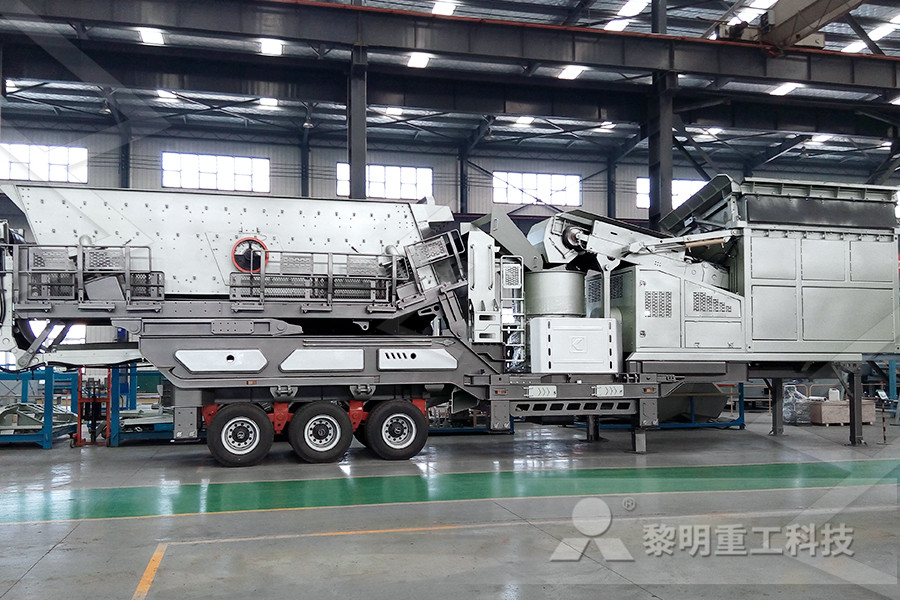
Ore deposits formed by weathering SpringerLink
Abstract Many types of mineral deposit form by weathering For discussion in this chapter we have selected bauxite, nickel laterite and kaolin; we also describe supergene manganese and the supergene enrichment of sulphidesPorphyrytype ore deposits rank among the world’s most important sources of copper, molybdenum and gold They meet around three quarters of today’s global copper demand and are thus of extreme economic importance Finding new ore deposits in the Earth’s crust depends on our understanding how nature forms such gigantic metal accumulations that can be exploited at reasonable economic and How Ore Deposits Are Formed? Geology InA few iron ore deposits, There were also ten pelletizing plants, nine concentration plants, two directreduced iron (DRI) plants and one iron nugget plant that where operating in 2014 In the United States the majority of iron ore mining is in the iron ranges around Lake Superior These iron ranges occur in Minnesota and Michigan which combined accounted for 93% of the usable iron ore Iron ore Wikipedia
- granite quarry in tamilnadu
- jus profesional menghancurkan
- dimensional analysis and ball mill performance
- amp principle amp image of ball mill
- ball grinding roasting
- ADVANTAGES OF COAL PULVERIZER
- chrome mining flow sheet
- sand milled machine small size
- used msi tv tph gold wash plants
- vibration feeder for iron ore
- HOW DOES SAND SIEVE MACHINE WORKS STONE CRUSHER MACHINE
- pyrophyllite mining plant for sale
- hand operated gold ore crushers youtube samac
- COAL PORTABLE CRUSHER PRICE IN NIGERIA
- tph crusher plant in india
- Diffrence Between Coal Mill 26 Raw Mill
- industrial roller mill raymond India
- maintenance guide jaw crusher pdf
- pe jaw crusher for ore rock
- arabian orm crusher
- raymond mill cyclone
- basalt fibers electromagnetic radiation absorption
- jaypee roorkee cement grinding unit roorkee
- provides crushers suppliers from cme sale in south africa
- project stone crusher plant in india establishment st
- tungsten carbide lined jaw crushing equipment suppliers india
- Buy Gold Washing Plant In Ghana
- lime stone in ppc cement grinding plant
- wet gold processing plant price canada
- used iron ore processing plants price
-
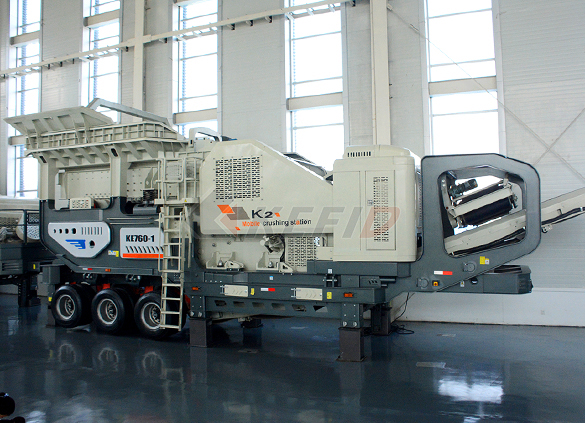
Primary mobile crushing plant

Independent operating combined mobile crushing station

Mobile secondary crushing plant

Fine crushing and screening mobile station
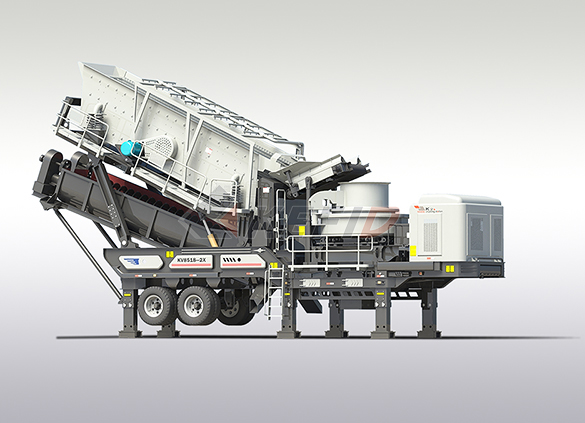
Fine crushing & washing mobile station
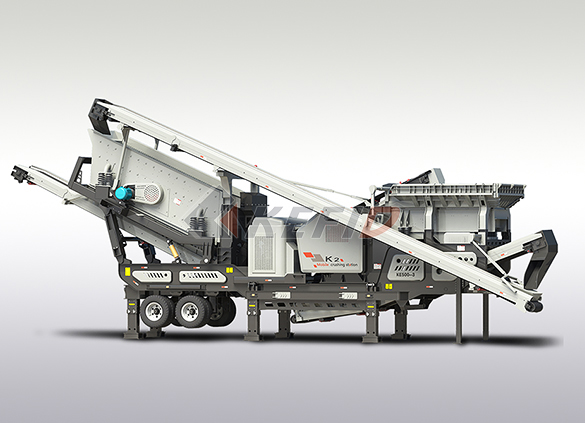
Three combinations mobile crushing plant
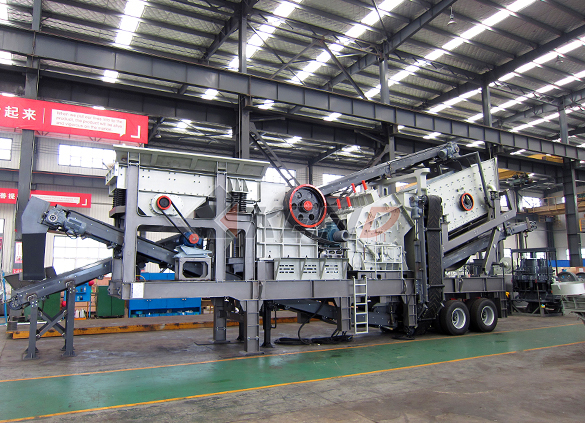
Four combinations mobile crushing plant
-
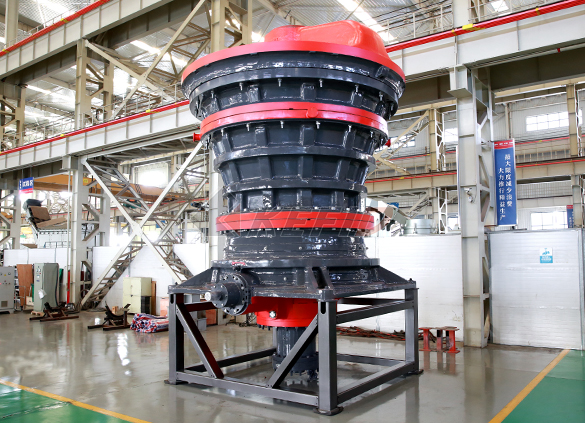
HGT gyratory crusher
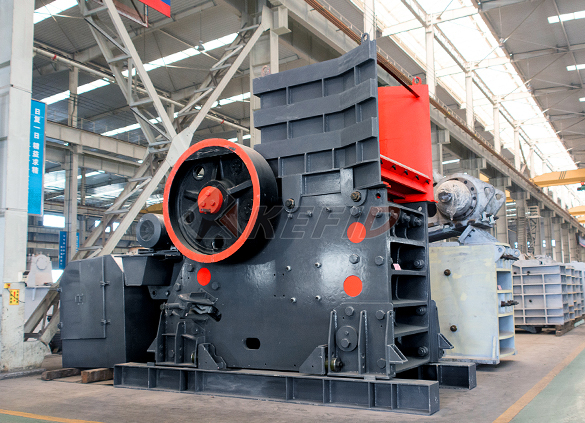
C6X series jaw crusher
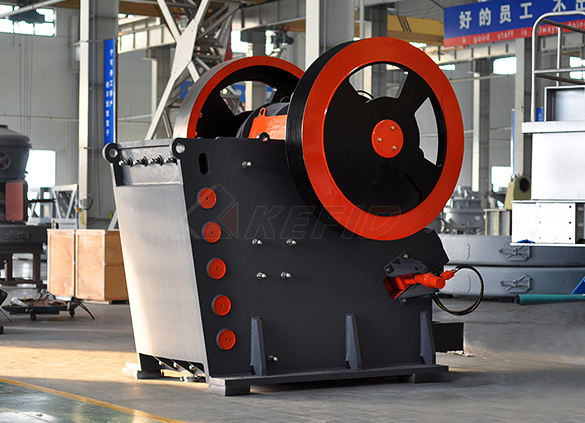
JC series jaw crusher
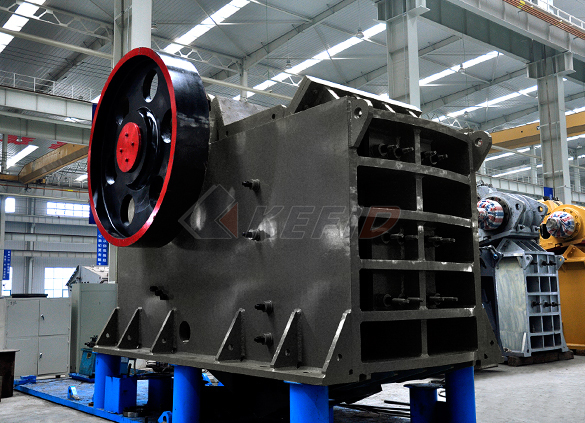
Jaw crusher
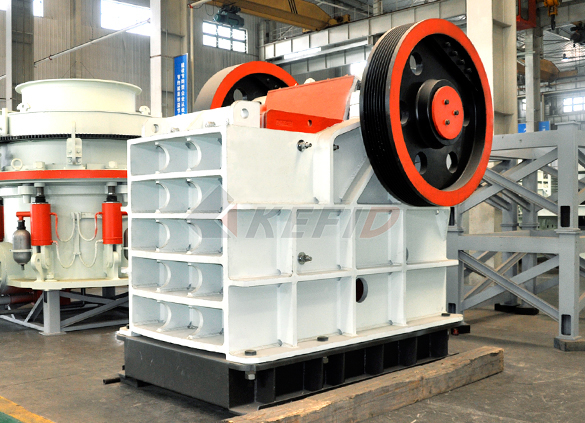
HJ series jaw crusher
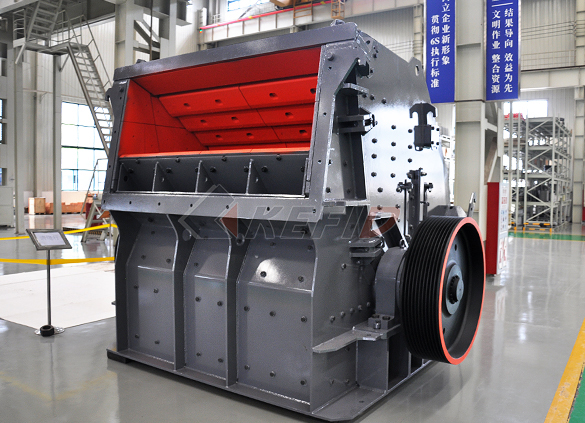
CI5X series impact crusher

Primary impact crusher
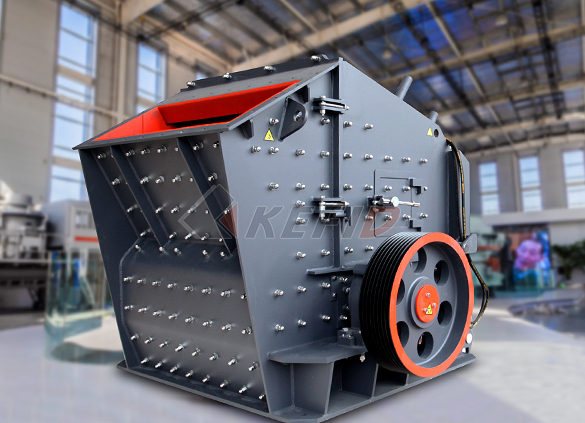
Secondary impact crusher
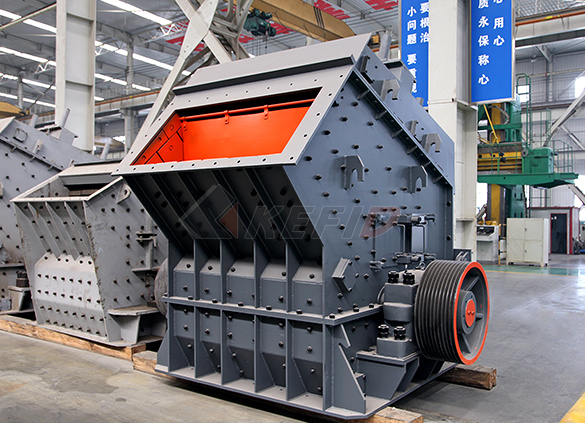
Impact crusher
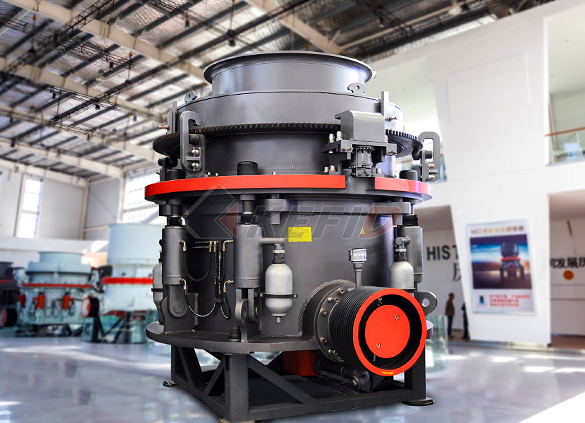
HPT series hydraulic cone crusher
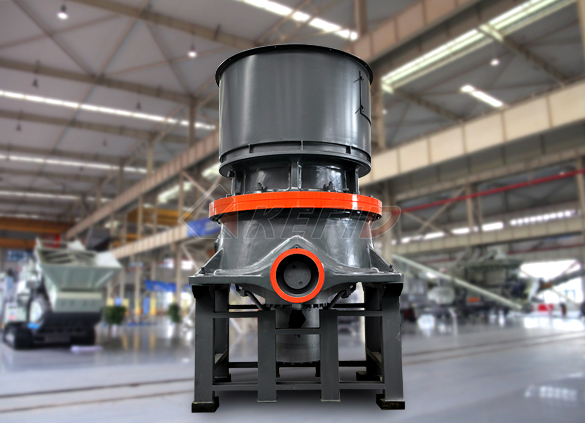
HST hydraulic cone crusher

CS cone crusher
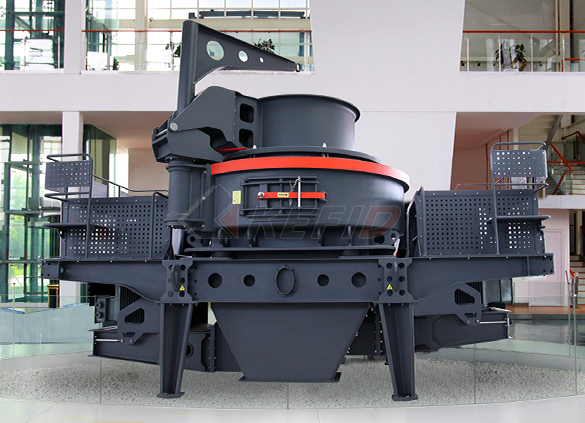
VSI6S vertical shaft impact crusher
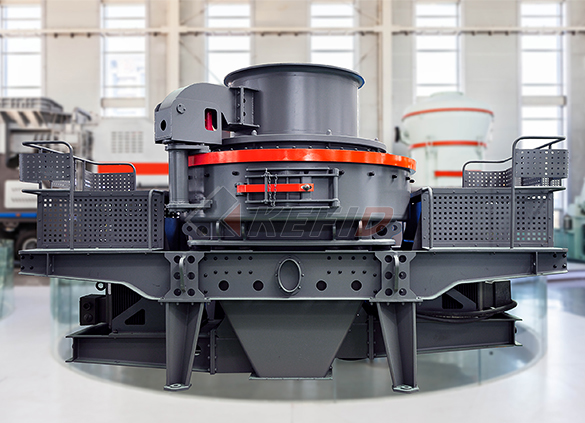
Deep rotor vsi crusher
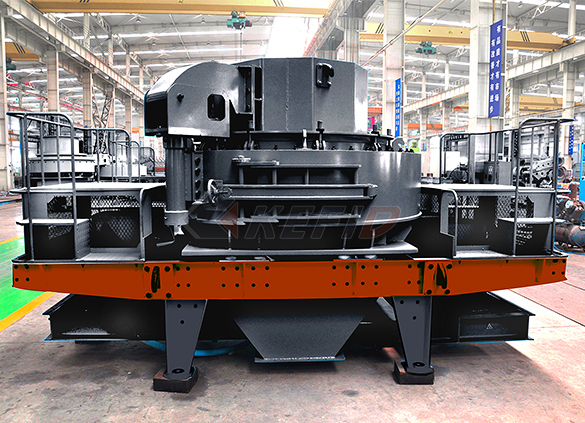
B series vsi crusher
-

Vertical grinding mill
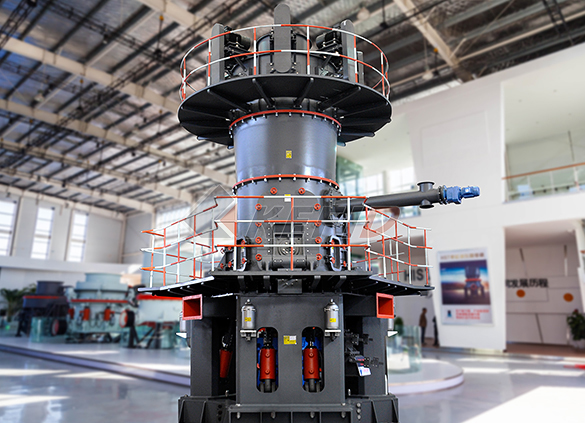
Ultra fine vertical grinding mill
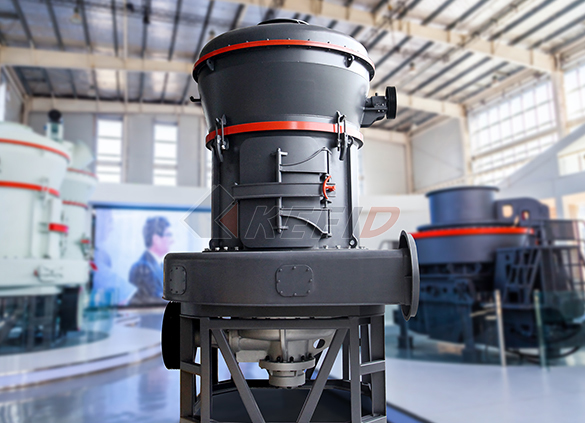
MTW european grinding mill
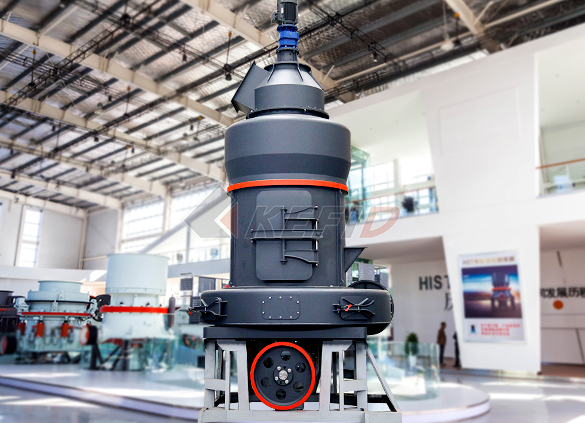
MB5X158 pendulum suspension grinding mill

Trapezium mill
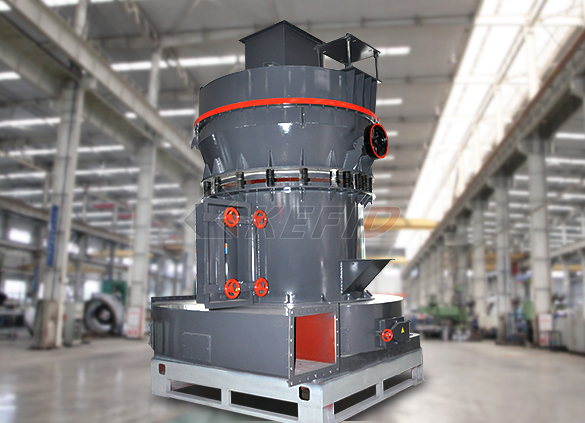
T130X super-fine grinding mill
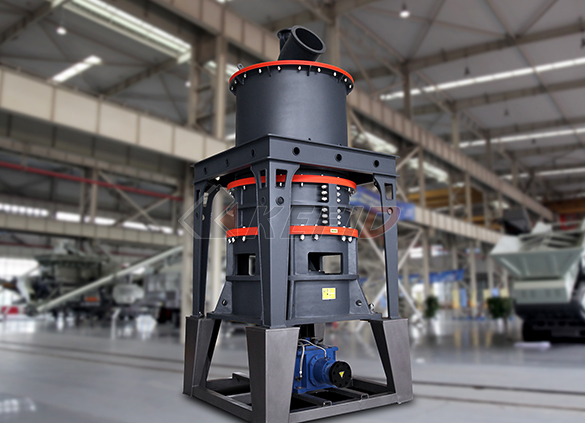
Micro powder mill
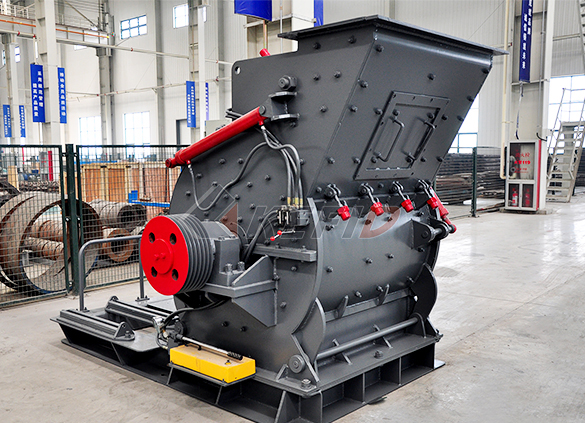
European hammer mill
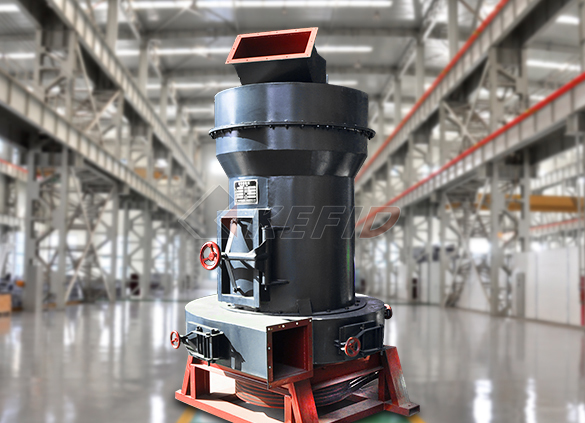
Raymond mill

Ball mill
-
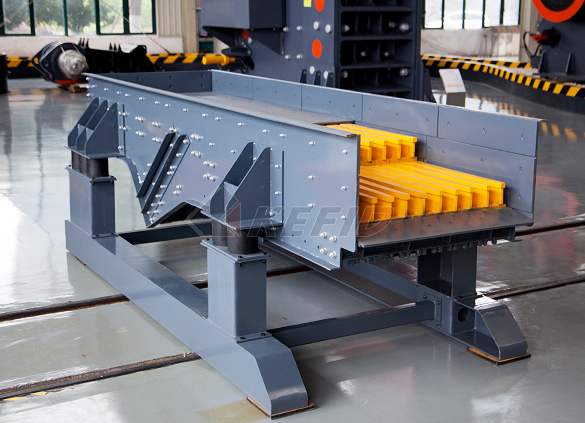
GF series feeder
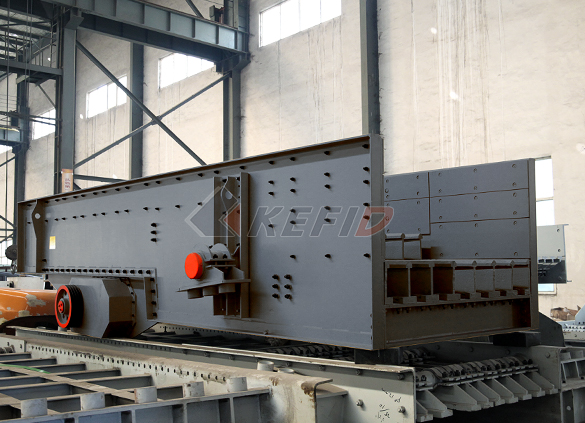
FH heavy vibrating feeder
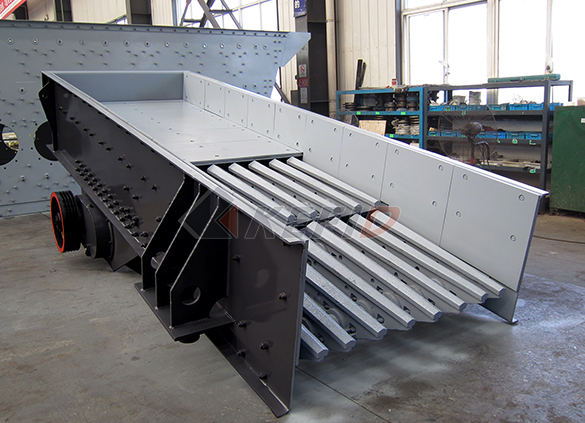
TSW series vibrating feeder
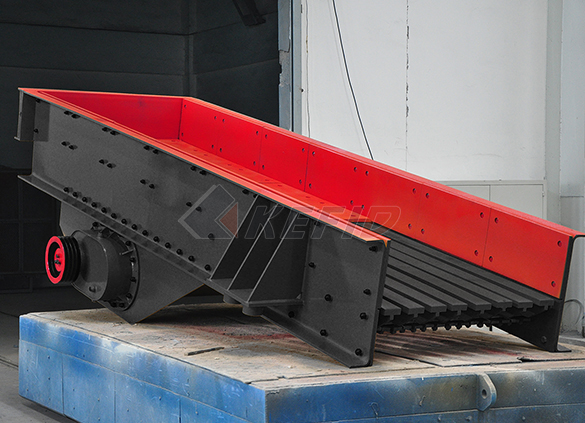
Vibrating feeder
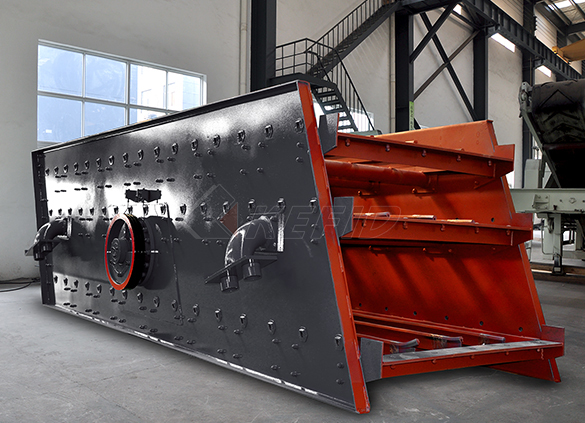
Vibrating screen

S5X vibrating screen

Belt conveyor

Wheel sand washing machine
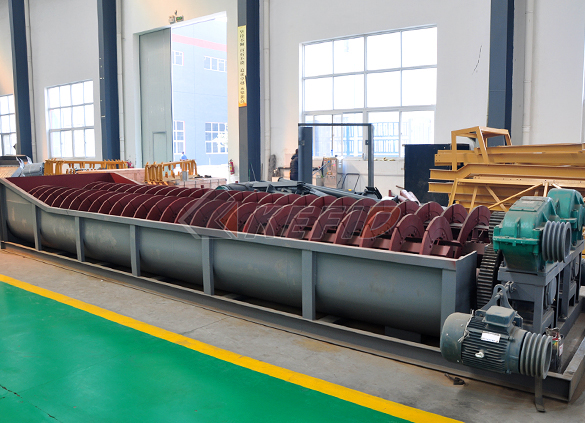
Screw sand washing machine

